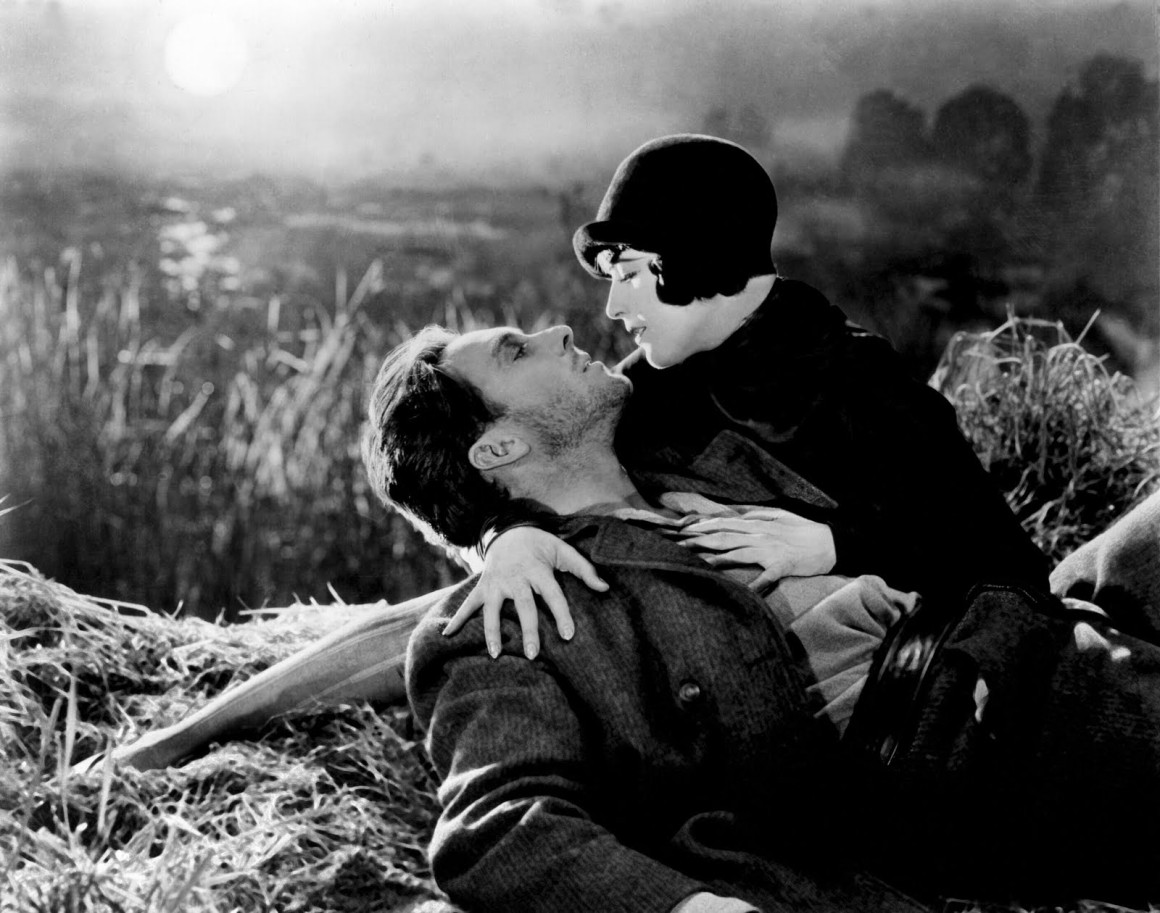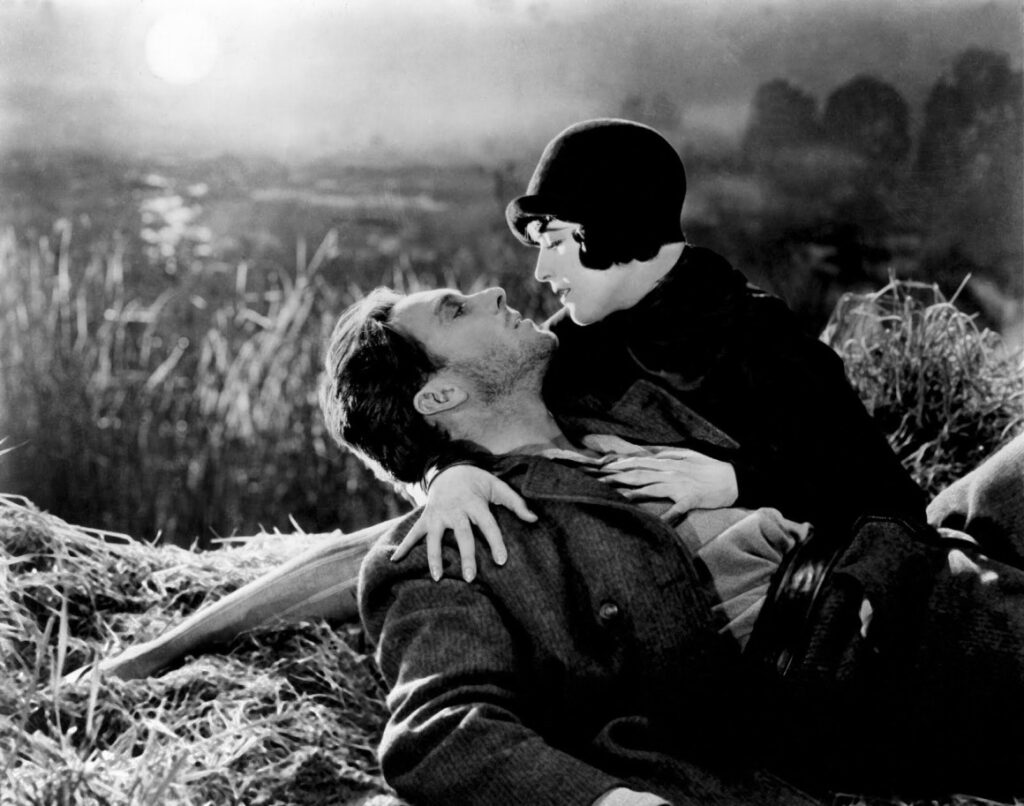Another way Silent Film engages us is by telling us very little about our story’s players and events. It’s similar to the way these same kinds of story elements are presented in young children’s books. In Silent Film it doesn’t come off like we’re being told a child’s fairy tale, though. It feels like its part of the landscape.
What do we know about Little Red Riding Hood? Or Mike Mulligan of Mike Mulligan and his Steam Shovel? Is Mike Mulligan in a laborer’s union? Does he have worker’s comp? Or bills he can’t pay?
We are presented with archetypes in Silent Film, constantly, and it is left to us to fill in the rest. We are given hints in a characters’ costuming and physical demeanor. A title will let us know someone is “the doctor from across the hall”, “the town gossip”. Sometimes we are told our protagonists are merely “The Boy” or “The Girl”, or “The boy’s sweet old grannie”. It’s enough, and we go with it, filling in details or not.
In a sound film, the expectation is much greater, and you expect more detail and personal background. But with Silent Film, a character can be labelled very simply and we accept this. We can be shown something without a great deal of backstory or information and still accept it as a real, grounded part of the story and the ride we’re on.
How Chaplin’s little tramp came to be homeless is never mentioned. Nor what his name is. He’s rarely identified in a title when introduced in a film. In both The Tramp (1915) and in City Lights (1931) he merely appears and it’s left to us to justify who he is — including how it is that we discover him industriously hard at work on an assembly line, for a change, when we meet him in Modern Times (1936) — but as viewers we also do not dwell on needing the backstory.
Similarly, we are not told how “The Woman From The City” in Sunrise came to live in that small rural town or how it is that she and “The Man” have managed to have an affair that neither “The Wife” nor anyone else caught on to. We are shown or told very simple, key details, the way they might be in a storybook, and nothing more. And yet we accept this as being enough and don’t have question marks over our heads about most of what’s going on.
Which we absolutely would in a film with synch-sound and also color.
This is another element of the universe of Silent Film that is not only unique to the medium, but which gave creators of these films more room to keep the story moving and keep the stakes raised, as needed, without having to spend a reel setting up and justifying something.
The first post in this series is here.
The previous post (#32) to this one is here.
The next one (#34) is here.

